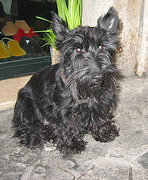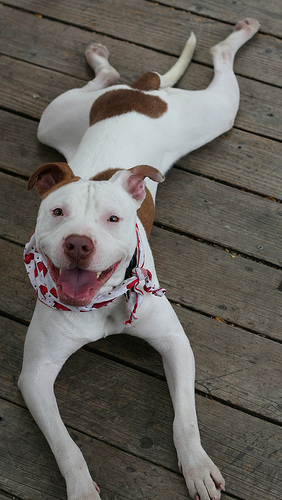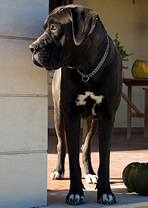The Search dog handler who trains on a weekly basis in the same place or rotates a few favorite spots is not presenting an effective training situation for himself or his dog. Use of the same scenarios regularly becomes too familiar for the dog and do not present the challenges necessary to prepare the dog for unfamiliar territory. In order to be mission ready, a search dog must be ready to face new or unusual situations without hesitation. Search dog handlers should make every effort to expose their dog during training to a large variety of different conditions. It is for this reason that a Search dog training "class" often is not the best solution for training a search dog. It is almost impossible to present a "class" which will cover the various terrain areas, climatic conditions and other factors, which should be included in the training of a search dog. The best solution to this training problem is to make sure that the handler has at least ten different locales large enough that he can train on a different one every week and in a different area, for at least ten weeks and that he sets up his scenarios as often as possible for different times of the day and in different weather conditions. Furthermore, the considerations of whether or not the land being used is private or public land where no hunting is allowed and/or where permission has been given to use the land are important considerations and must be taken into account.
When finding suitable terrain to practice on, the search dog handler should expose the dog from the beginning to many different locales. The terrain is what changes the way the scent reaches a dog's nose, for one thing. A field of alfalfa or a grove of pine trees, for example, present scent fields, which may be so strong as to make it difficult for the dog to discriminate the scent of a human being within the area. For another thing, the "lay of the land" can present difficulties of maneuvering through the area, which the dog must be able to overcome. A search dog should be willing and ready to go through thickets and brambles, up and down steep valleys and narrow ridges, slippery rock surfaces and through creeks and streams, not to mention over, under, or through man made obstacles such as fences. Also the contamination of the land being used, whether or not it is a heavily populated area as far as wild life or as far as human usage, is important, so that the handler knows that the dog has been exposed to the many varied scents of wild animals or areas which are heavily contaminated with residual scents.
Another consideration when training is to present the dog with as many climatic problems as possible. Foggy days, hot and humid days, strong wind conditions, night time versus day time scenarios....all the possible varieties of environmental conditions that you can possibly expose your dog to during the training situation can lead to a higher probability that you and your dog can successfully handle all the possible eventualities which can occur on a mission.

 Scottish Terrier Breeder Interview: Cindy Cooke Tells Us About Scotties
Scottish Terrier Breeder Interview: Cindy Cooke Tells Us About Scotties
 My Dog Chews Everything
My Dog Chews Everything
 Commercial or Raw BARF Diet for Dogs?
Commercial or Raw BARF Diet for Dogs?
 Learn How to Tell if Your Dog or Cat is Obese and in Poor Health
Learn How to Tell if Your Dog or Cat is Obese and in Poor Health
 10 Reasons To Foster A Dog
10 Reasons To Foster A Dog
 Sarcoptic Mange and Mange in Dogs and other Canine Diseases Humans Can Get
Sarcoptic Mange and Mange in Dogs and other Canine Diseases Humans Can Get
 My Dog Chews Everything
Why Dogs ChewSome dogs are n
My Dog Chews Everything
Why Dogs ChewSome dogs are n
 Basic Obedience Training for Dogs: What You Ought to Know
Credit: Fran Hogan
From: publicdomai
Basic Obedience Training for Dogs: What You Ought to Know
Credit: Fran Hogan
From: publicdomai
 Cane Corso Breeder Interview Breeder Interview: Virginia Dunn Discusses The Great Italian Mastiff
Cane Corso Breeder Interview
The Dog Guide is pleased to p
Cane Corso Breeder Interview Breeder Interview: Virginia Dunn Discusses The Great Italian Mastiff
Cane Corso Breeder Interview
The Dog Guide is pleased to p
 Seizures in Dogs, Canine Seizures
Seizures, Are Very Common In The Pug BreedMy Black Pug
Seizures in Dogs, Canine Seizures
Seizures, Are Very Common In The Pug BreedMy Black Pug
 Inexpensive Leather Dog Collars
Cheap Leather Collars for Do
Inexpensive Leather Dog Collars
Cheap Leather Collars for Do